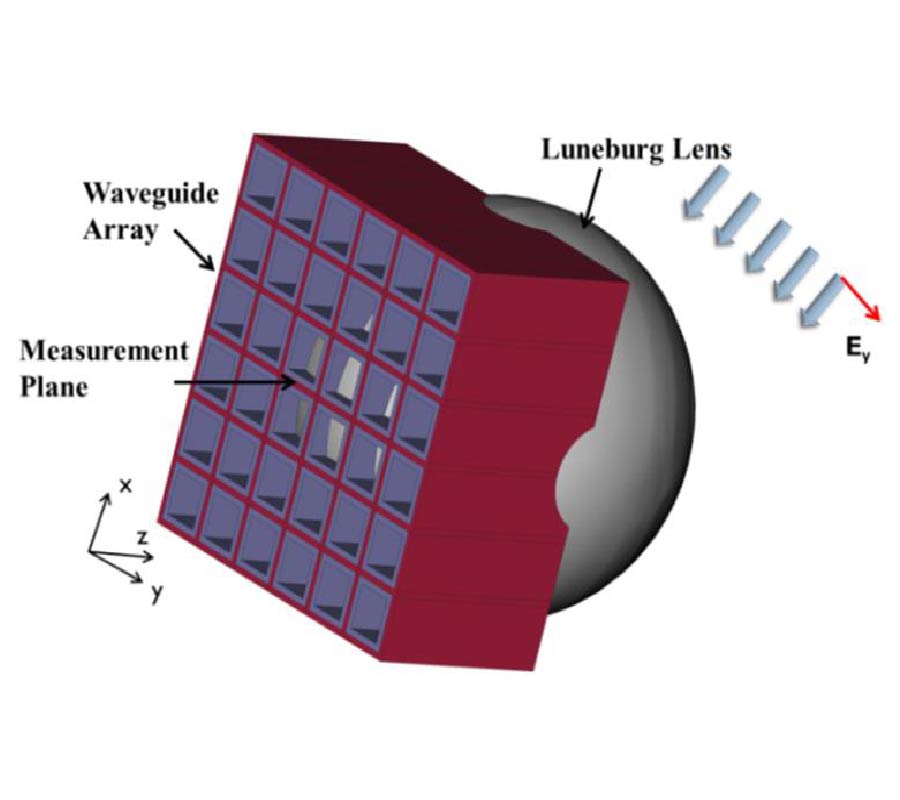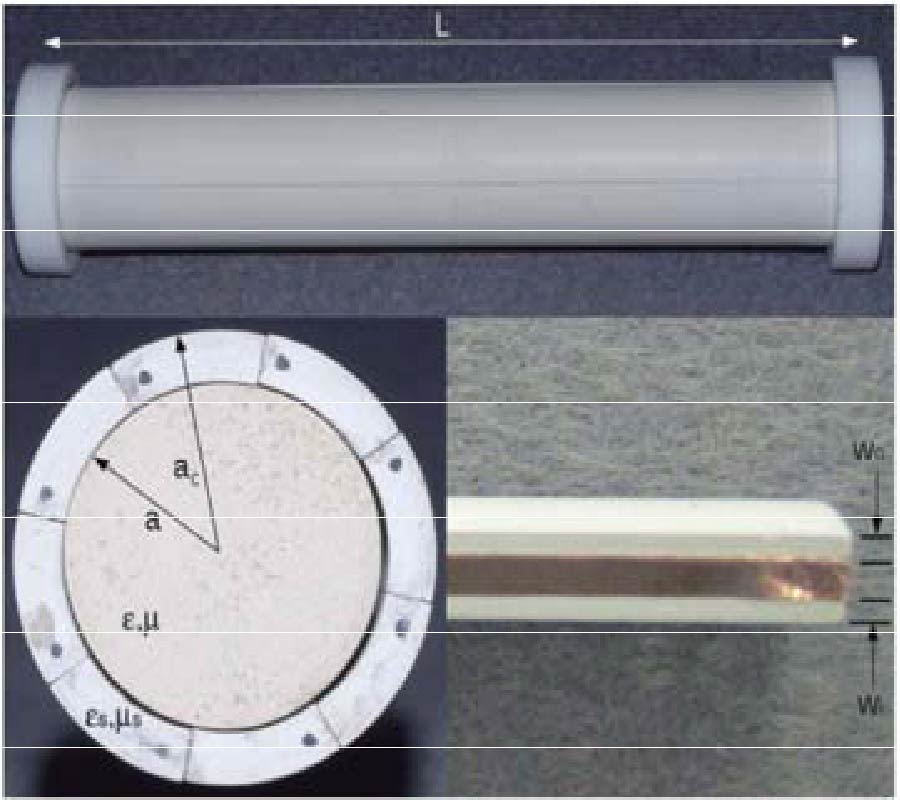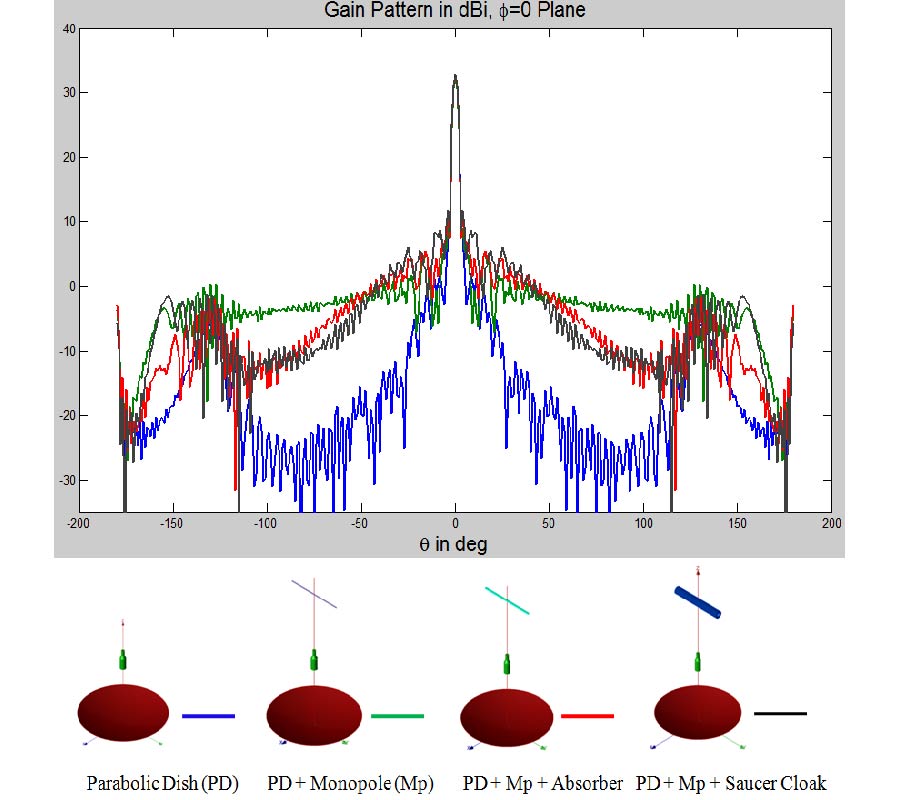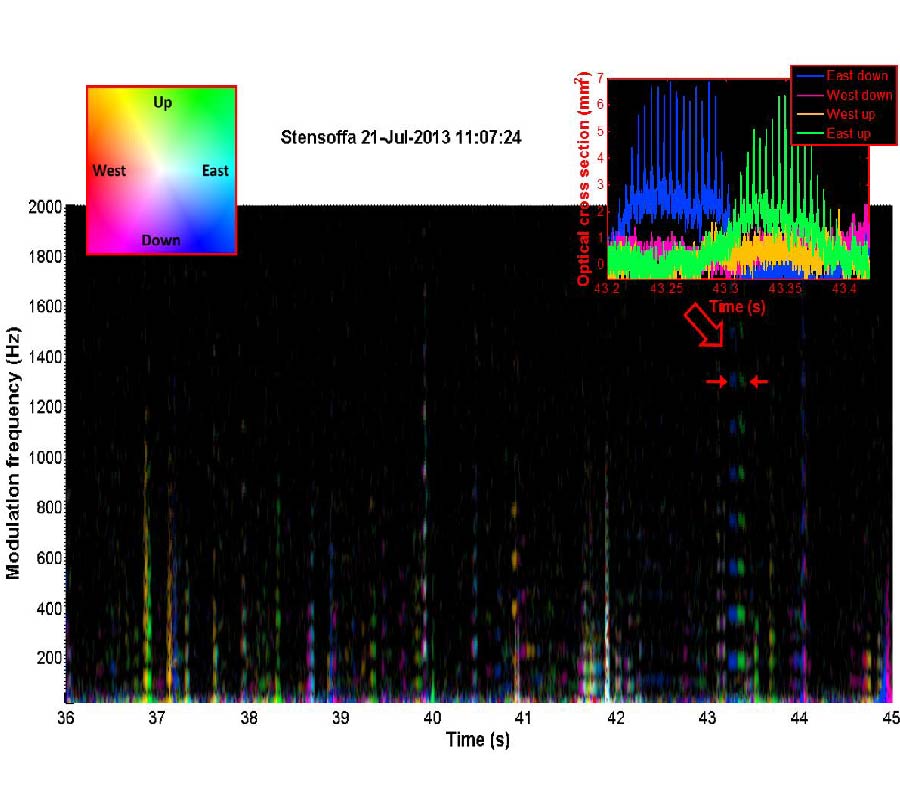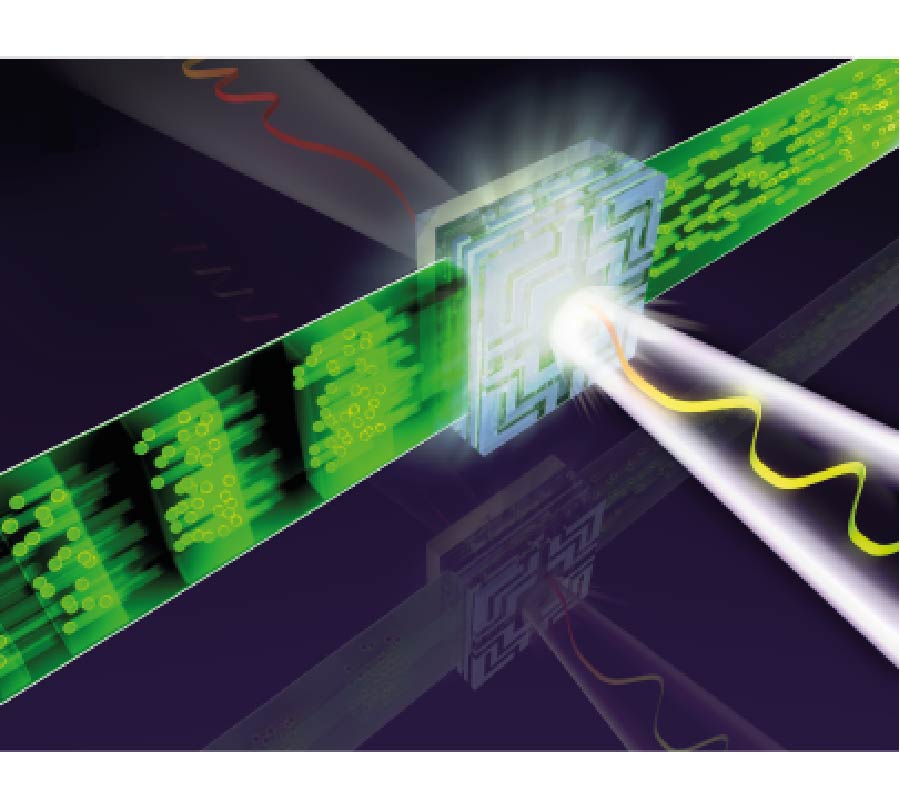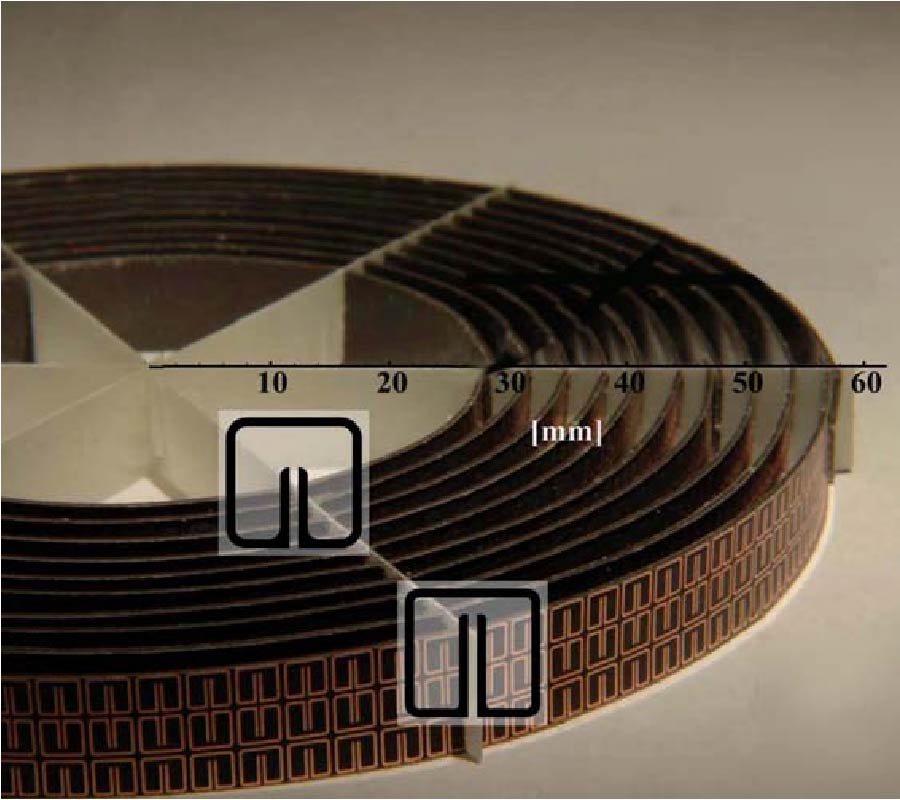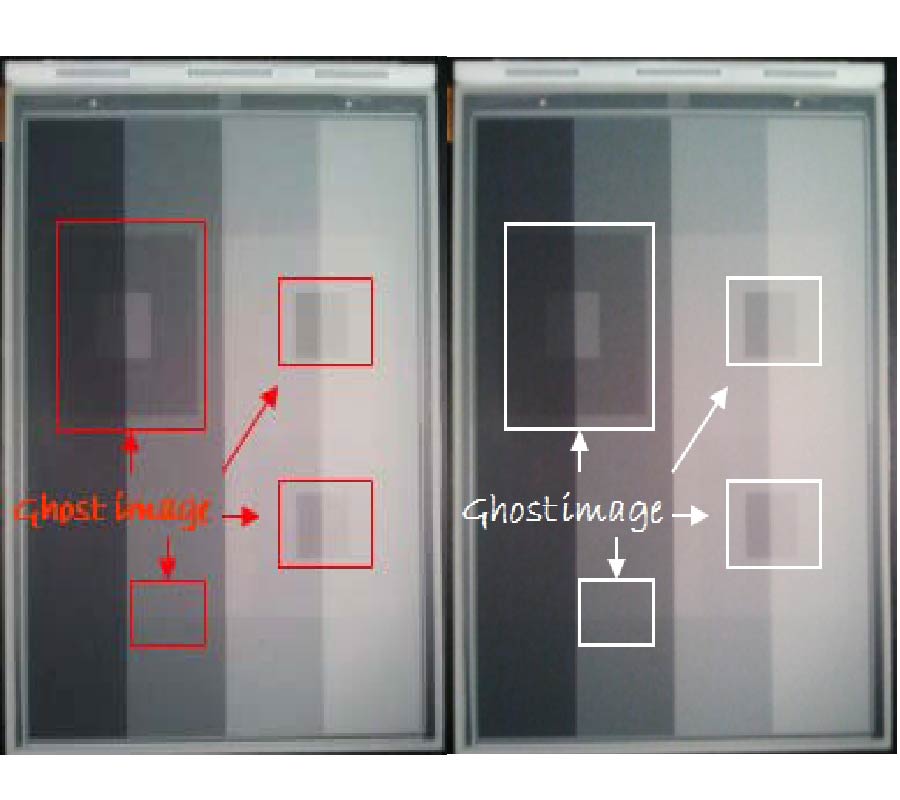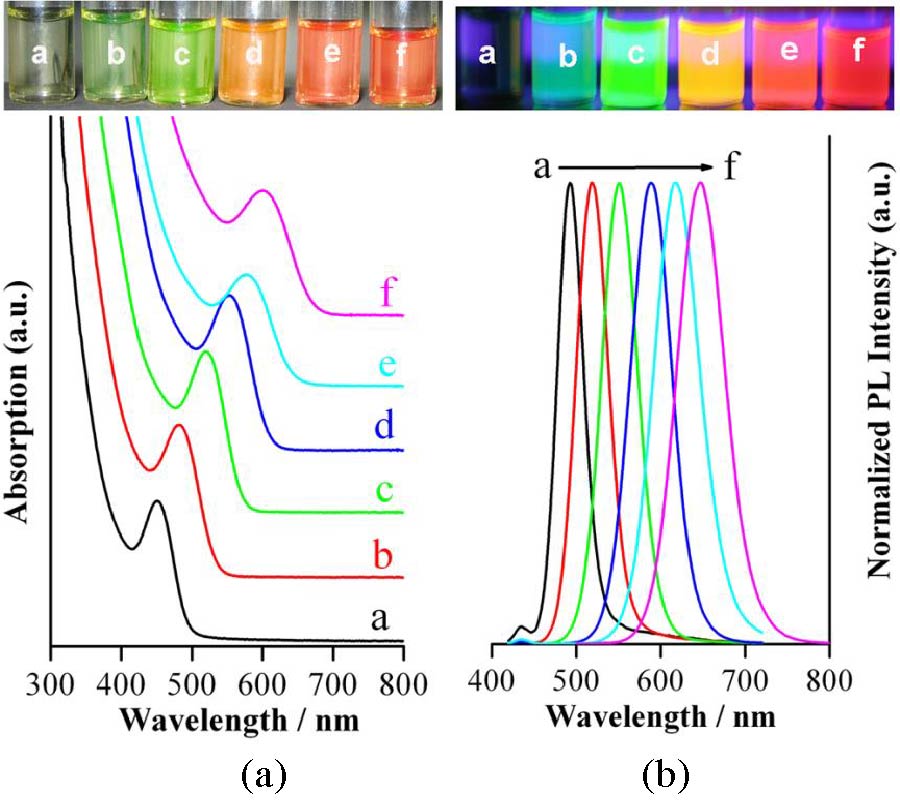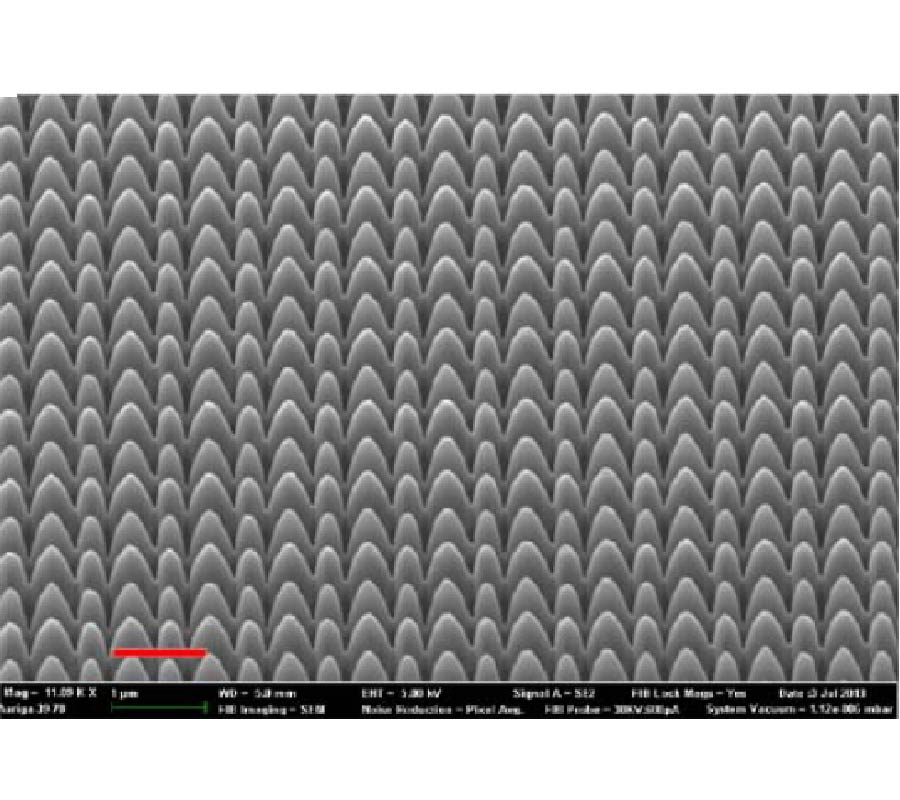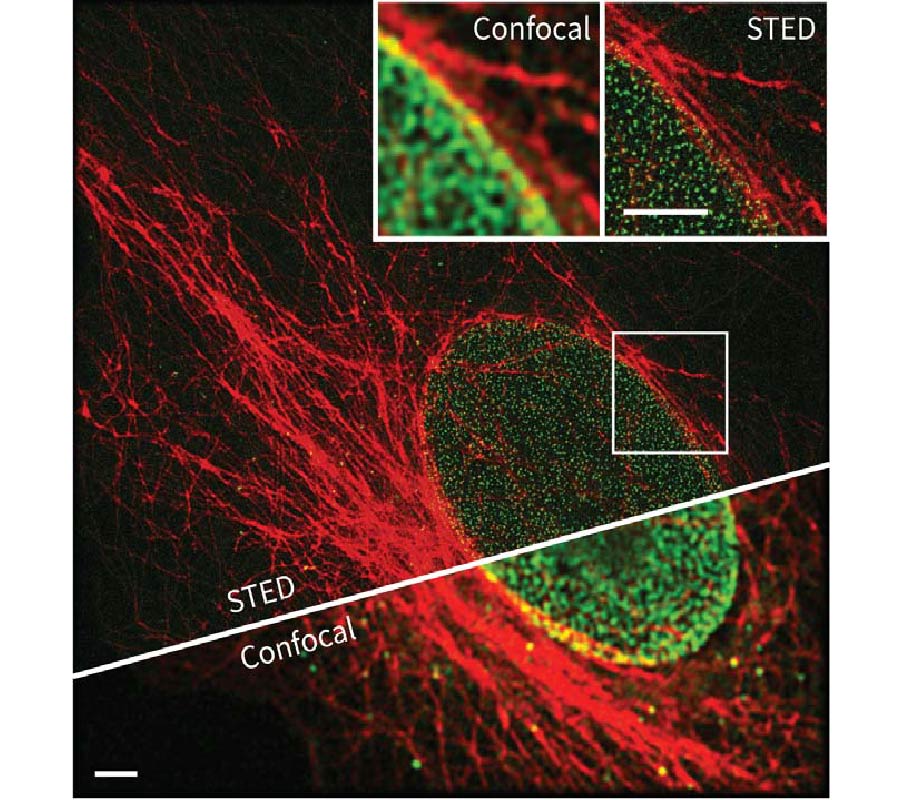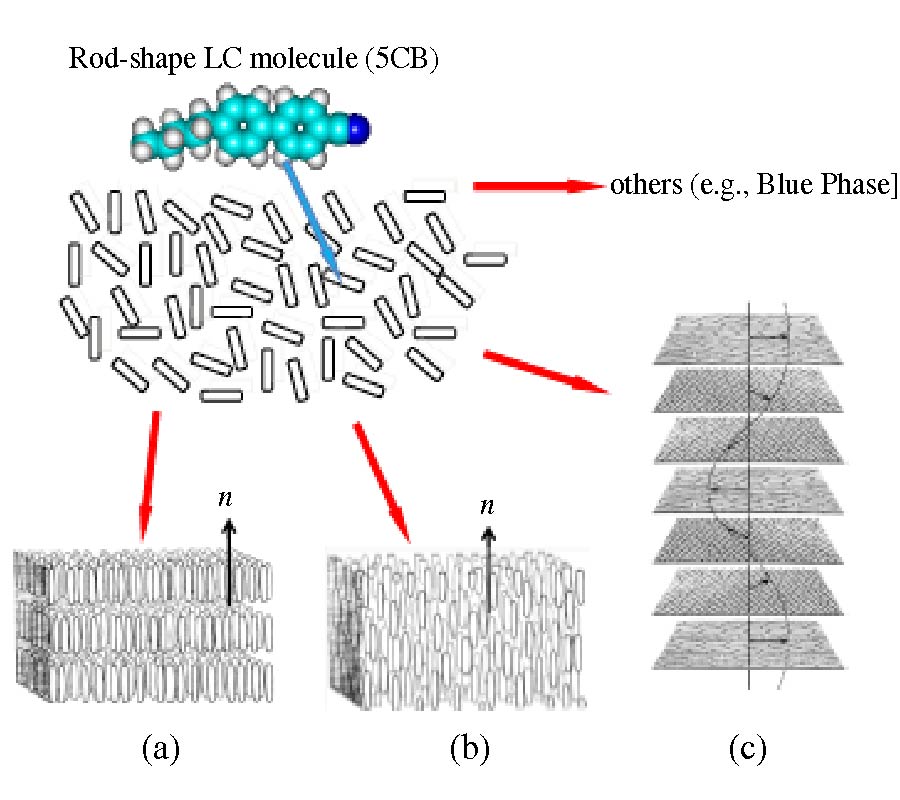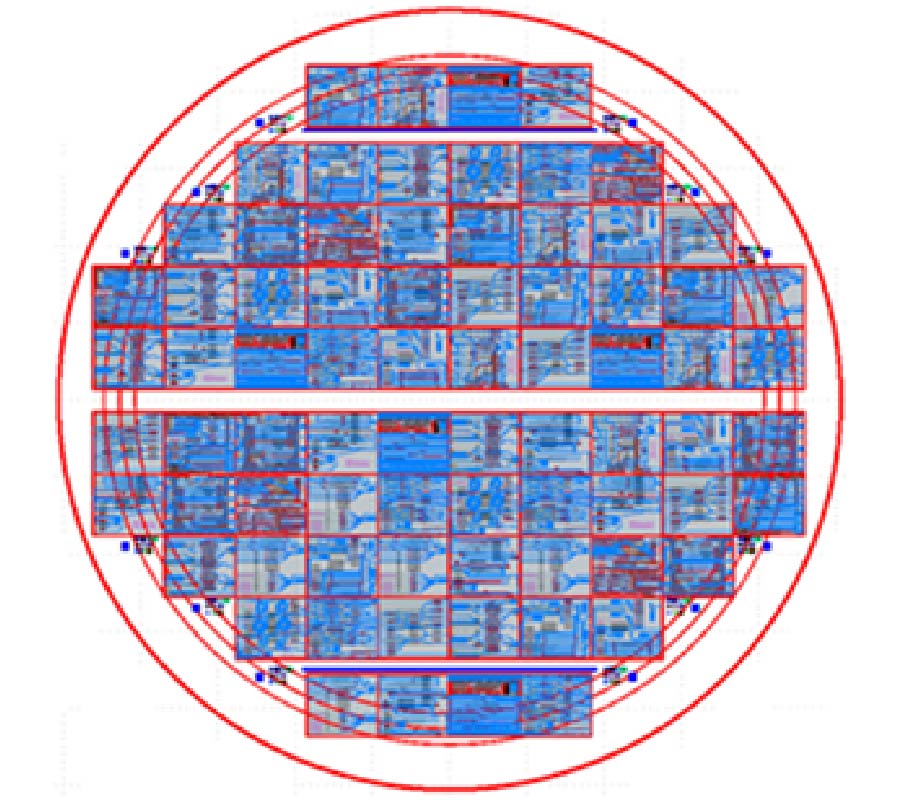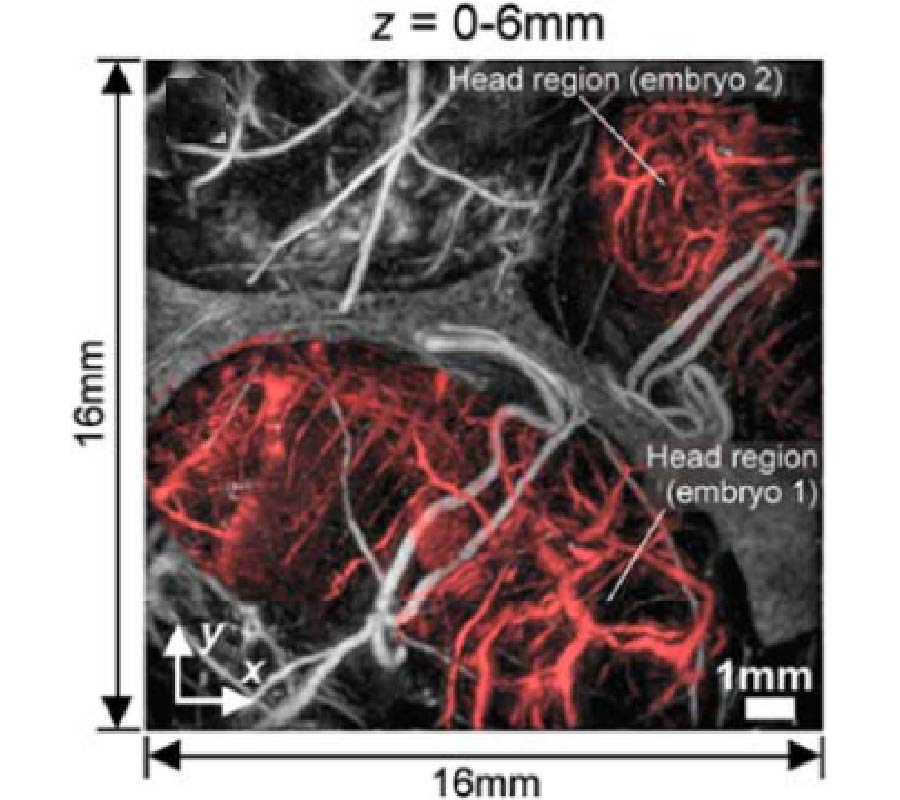2015-02-08 Latest Published
By Xiang Gu
Raj Mittra
Chiara Pelletti
Sidharath Jain
Yunhua Zhang
Progress In Electromagnetics Research, Vol. 147, 203-226, 2014
Abstract
In this work, we show how we can improve the image resolution capabilities of a Phase Conjugating (PC) lens as well as the angular resolution of Luneburg lens antennas by employing signal processing techniques, such as the Correlation Method (CM), the Minimum Residual Power Search Method (MRPSM), the sparse reconstruction method, and the Singular-Value-Decomposition (SVD)-based basis matrix method. In the first part, we apply these techniques for sub-wavelength imaging in the microwave regime by combining them with the well-known phase conjugation principle. We begin by considering a one-dimensional microwave sub-wavelength imaging problem handled by using three signal processing methods, and then we move on to two- or three-dimensional problems by using the SVD-based basis matrix method. Numerical simulation results show that we can enhance the resolution significantly by using these methods, even if the measurement plane is not located in the very near-field region of the source. We describe these proposed algorithms in detail and study their abilities to resolve at the sub-wavelength level. Next, we investigate the sparse reconstruction method for a normal Luneburg lens antenna, and the Correlation Method and the SVD-based basis matrix method for a flat-base Luneburg lens antenna to estimate the Direction-of-Arrival (DOA). Numerical simulation results show that the signal processing techniques are capable of enhancing the angular resolution of the Luneburg lens antenna, enabling the lens to locate multiple targets with different scattering cross-sections, and achieving higher angular resolution.
